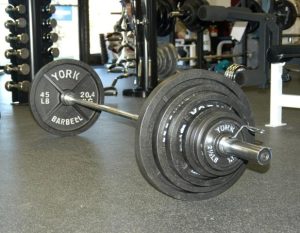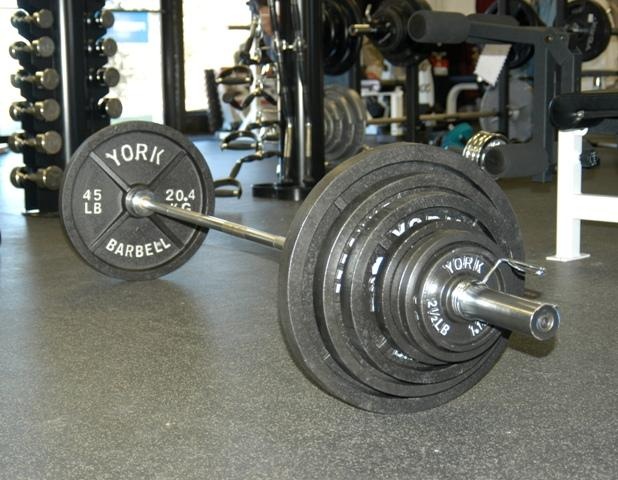An Olympic barbells is the gold standard of lifting equipment, designed with precise specifications for competitive weightlifting and a variety of other strength sports. Unlike generic “standard” bars, Olympic barbells have standardized dimensions, weight, and features that make them durable, safe, and effective for lifters of all levels. ️♂️
Key Features and Specifications
Olympic barbells adhere to strict standards set by the International Weightlifting Federation (IWF) to ensure fairness and consistency in competition
- Weight and Dimensions: A men’s Olympic bar is 2.2 meters (7.2 feet) long and weighs 20 kilograms (44 pounds). The grip section has a diameter of 28 millimeters (1.1 inches). A women’s Olympic bar is slightly shorter and lighter at 2.01 meters (6.6 feet) and weighs 15 kilograms (33 pounds), with a smaller grip diameter of 25 millimeters (0.98 inches) to better fit smaller hands.
- Rotating Sleeves: One of the most important features of an Olympic barbell is its rotating sleeves. The ends of the bar, where the weight plates are loaded, can spin independently from the shaft. This is crucial for dynamic lifts like the clean and jerk or the snatch, as it allows the plates to rotate with the momentum of the lift, reducing torque and stress on the lifter’s wrists and forearms.
- Knurling: The textured crosshatch pattern on the grip area is called knurling. This provides a secure grip, preventing the bar from slipping even with heavy loads. Olympic barbells have specific markings on the knurling to help lifters find the correct hand placement for different lifts.
- Tensile Strength: An Olympic barbell’s durability is measured by its tensile strength (or PSI), which indicates the maximum amount of force the steel can withstand before it breaks. High-quality bars have a high tensile strength, ensuring they can handle heavy loads without bending or snapping.
Versatility in Sports
While they are named after Olympic weightlifting, these bars are used in a variety of strength sports and training disciplines.
- Olympic Weightlifting: The snatch and the clean and jerk are performed with a bar that has a certain amount of “whip,” or flexibility, to help with the explosive nature of the lifts.
- Powerlifting: Powerlifting bars are similar but are typically stiffer, with a thicker diameter and more aggressive knurling, to provide greater rigidity for heavy squats, deadlifts, and bench presses.
- CrossFit and General Fitness: Olympic barbells are a staple in most modern gyms because they are durable, versatile, and can be used for a huge range of exercises, from compound movements like squats and deadlifts to more isolated exercises.
Whether you’re training for competition or just looking to build strength, the Olympic barbell is an essential and reliable piece of equipment.







